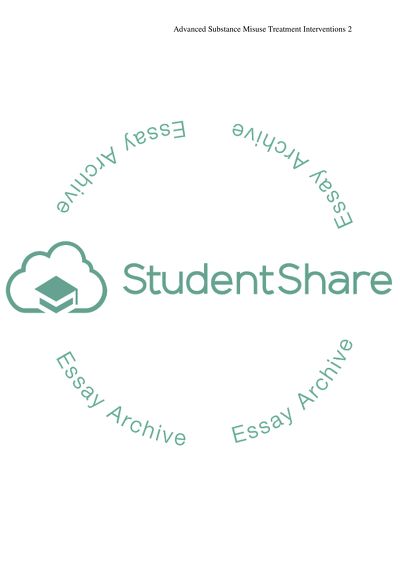Cite this document
(“Advanced Substance Misuse Treatment Interventions Essay”, n.d.)
Retrieved from https://studentshare.org/health-sciences-medicine/1514248-advanced-substance-misuse-treatment-interventions
Retrieved from https://studentshare.org/health-sciences-medicine/1514248-advanced-substance-misuse-treatment-interventions
(Advanced Substance Misuse Treatment Interventions Essay)
https://studentshare.org/health-sciences-medicine/1514248-advanced-substance-misuse-treatment-interventions.
https://studentshare.org/health-sciences-medicine/1514248-advanced-substance-misuse-treatment-interventions.
“Advanced Substance Misuse Treatment Interventions Essay”, n.d. https://studentshare.org/health-sciences-medicine/1514248-advanced-substance-misuse-treatment-interventions.


